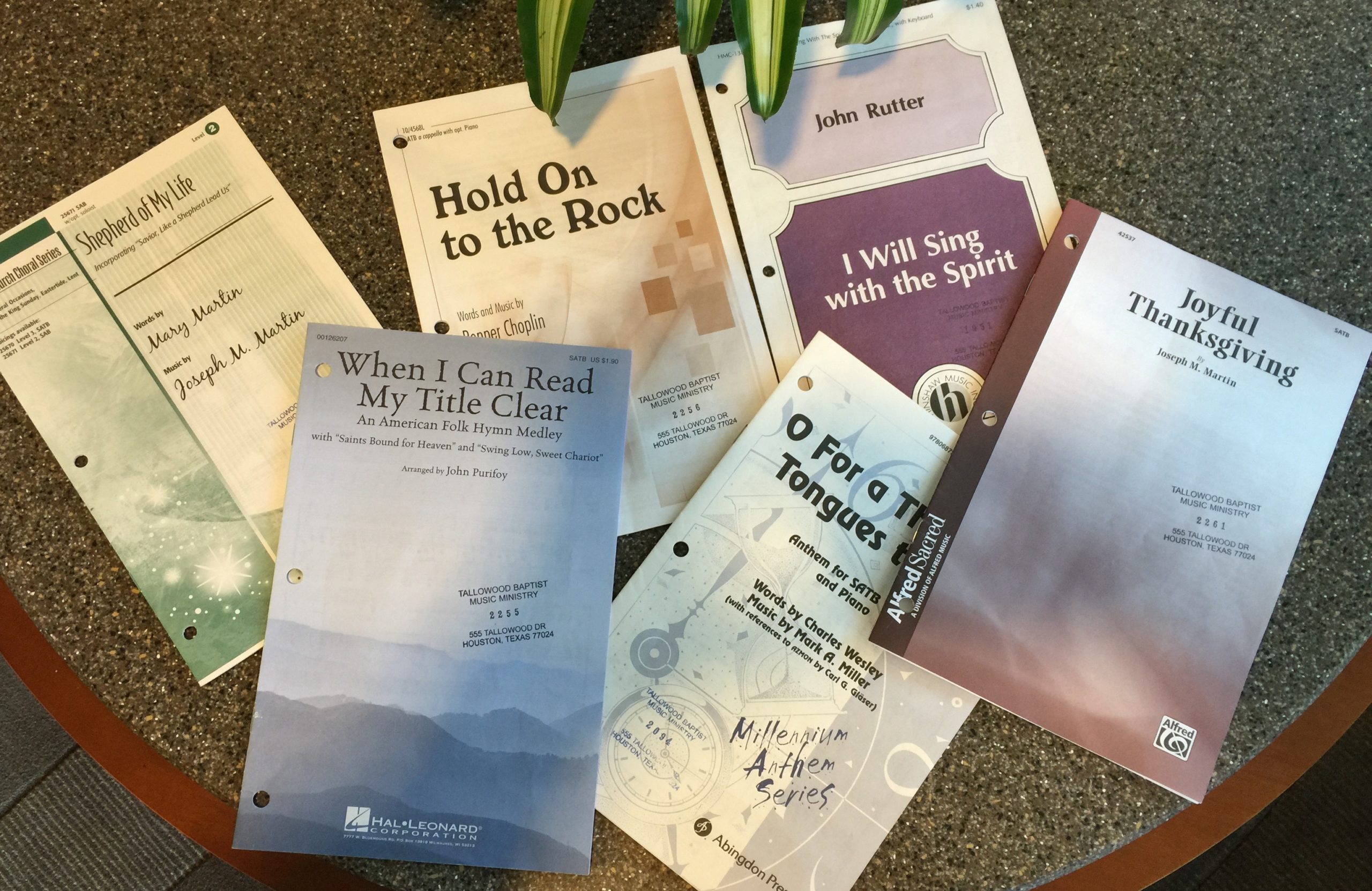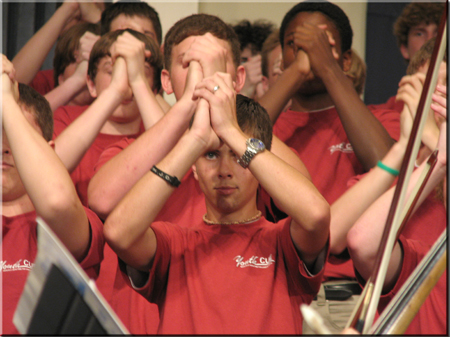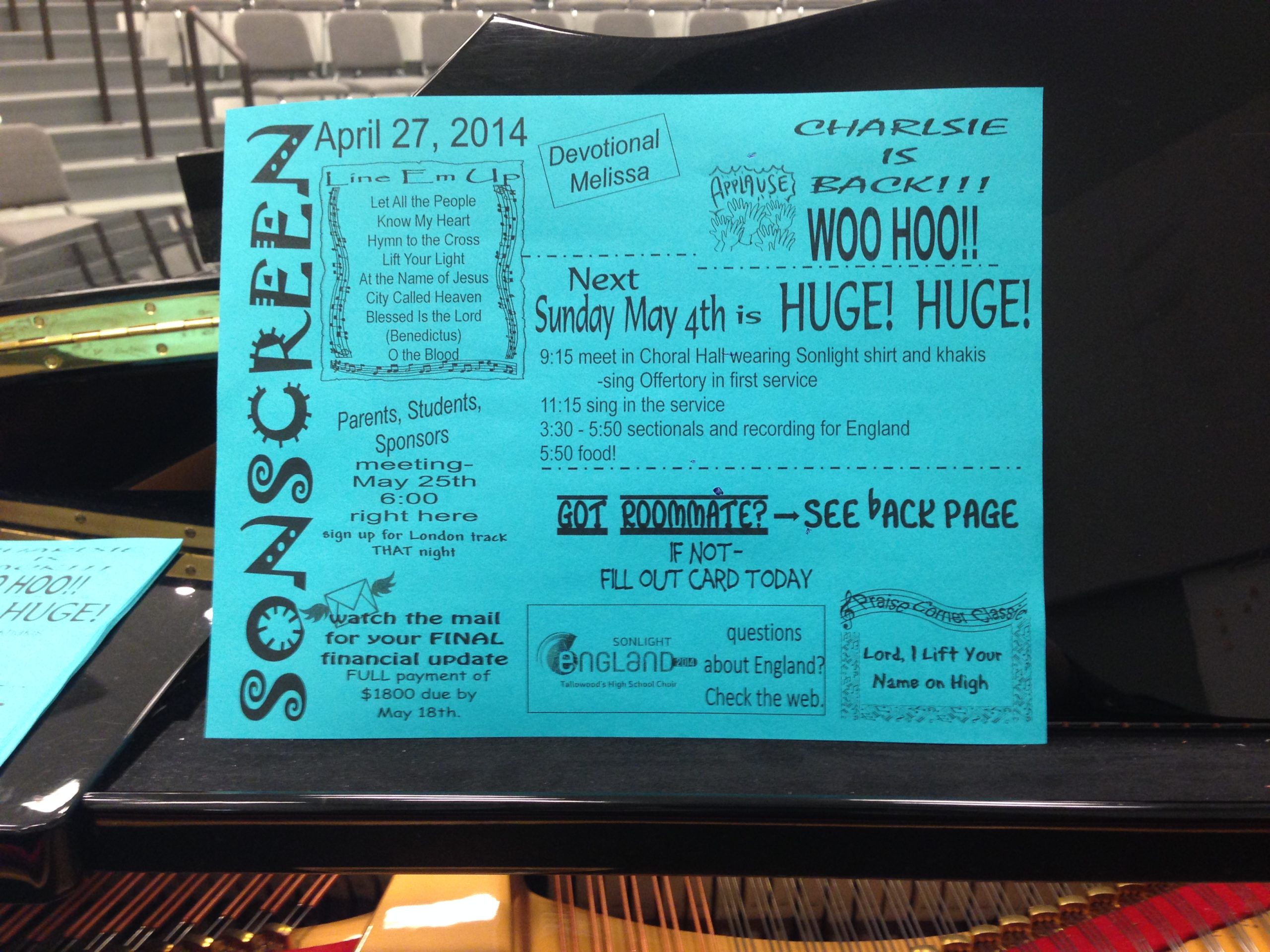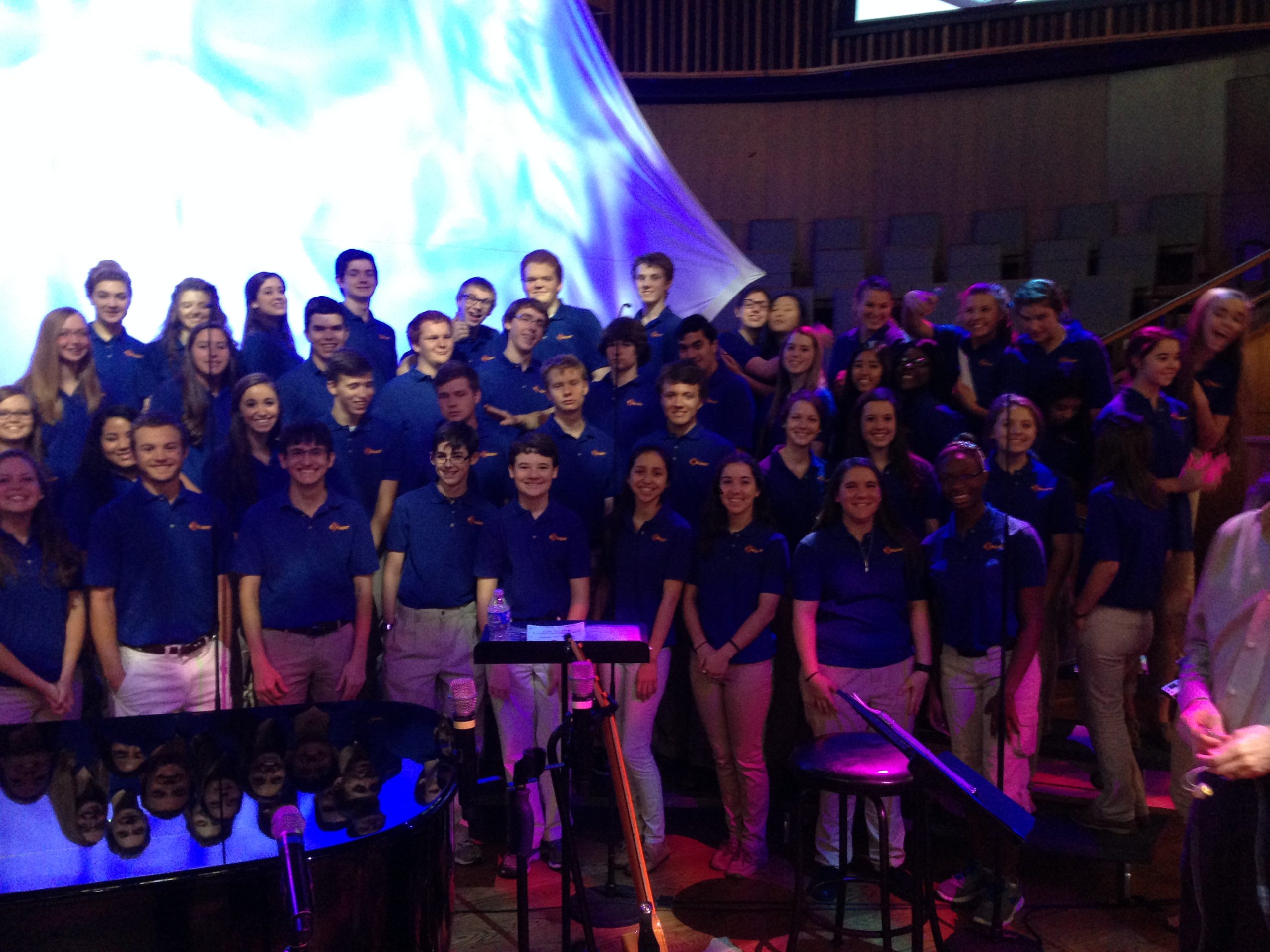This is the second of two articles on introducing new music to your youth choir.
The success of that “first time” will greatly aid the director in subsequent rehearsals. The goal of that very first day is for every kid—if possible—to look forward to getting back to work on the piece again.
Let’s look at some more creative ways to introduce the music:
Lead with traditional songs that help build anticipation.
I am a strong believer in having a small number of songs that the youth choir sings every year (or every 4 years). I remember in 1992 at the YouthCUE Roundtable in Pensacola, Florida where Allen Pote introduced his new piece “Psalm 139.”
The moment I heard the piece I thought it was a great message for students who frequently receive very different messages from culture and from friends than are found in that piece. If you don’t know the song, order a copy today or listen on You Tube and you will see what I mean.
At that point, I had not used annual “traditional” anthems, but I began teaching it to every junior high choir that came through. In 4 years the entire high school choir knew the piece.
I let the high school students TEACH the piece to the new junior high choir (many of whom already knew it from the previous year).
We have now been singing Psalm 139 for 23 years! It is still as relevant to their lives today as it was in 1992.
There are plenty of other very worthy pieces you might include in that list!
Lead with the prized crown jewel.
If you went into a jewelry store and said, “money is no object, show me your finest jewel.” He or she will NOT bring out a cubic zirconia; they will show you their 6 carat, purest diamond.
It is the same with an anthem. When reviewing a new piece have you ever noticed a particular phrase, or line that perfectly carries the essence of the text with a perfect melody to support it?
I had that experience the first time I read John Rutter’s piece “I Will Sing with the Spirit.” We all know that man can write a beautiful melody! For me, the combination of the melodic line matched with a text that was as soaring as the melodic line itself. I could hardly wait to get it in the hands of my choir!
On the introduction day, I taught everyone to sing the opening two phrases on “La.” We just taught it without looking at the notes or words, just getting the melody of the first 15 measures firmly stuck in our heads.
In fact, that is all that we learned of the song that day. Once the infectious melody was firmly loved by the choir we added the soaring text to it the next week.
Lead with the theological prize.
Similar to leading with the crown jewel is leading with the great theological truth inherent in the song.
I remember teaching the anthem “Calvary’s Love” by Phill McHugh and Greg Nelson (arranged by Mark Hayes) many years back. My favorite line in the song is near the end “Calvary’s love has never faltered. All its wonders still remain. Souls still take eternal passage; sins atoned and heaven gained.”
For me, that one line connected millennia of God’s provision for our salvation, added to centuries of Christian martyrs who trusted God completely—right up to their final breath. And we, even WE, get to participate in that incredible miracle.
In teaching the song we learned the ending first. I wanted them to know where we were headed on this piece and why it was so significant to me.
Perhaps just singing the music they would have gotten it, but when I pointed out the deeper meaning and shared the thoughts mentioned above, they could hardly wait to learn the song.
Finding JUST the right “lead.”
This is the end of the two articles on finding the right “lead” for that first time that you introduce the song to your choir. However, this is NOT an exhaustive list of ways to introduce a new song.
There are dozens of ways to do it.
Start by looking at the song from your choir’s perspective. What will be the most interesting reason that they will love the song? Does it “feature” one of the sections? Get that section “on board” first.
Sometimes the reasons they will like the piece are not as lofty as some of the ones listed above. That is fine! Go with what will work for them—it has a great beat, it has a cool trumpet part, it has a fun line to sing.
Whatever works!
If you want them to hear the final product, find a good rendition of the piece on You Tube, or have your adults sing the piece for them, with a small band accompanying them. Many times that will fire up the choir for the song before they even open the music.
That is how we introduced Mary McDonald’s new piece, “Lift Your Light,” and the students were chomping at the bit to get to sing it with the adult leaders.
Do you have some ideas about creatively introducing new music? Let me know in the comments. I would love to know what is working for you!
Randy Kilpatrick
5-20-15










